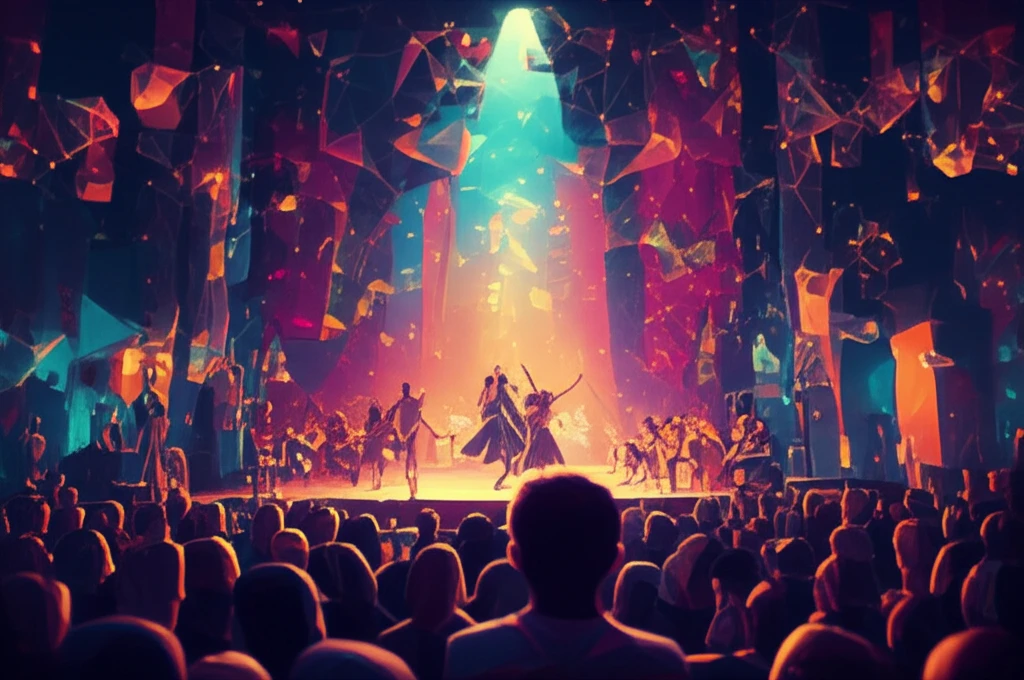
Revolutionizing Culture: How Fourth-Party Platforms are Changing Live Performances
"Discover how a new approach to cultural performance platforms is connecting artists, venues, and audiences in innovative ways."
The cultural landscape is evolving, driven by digital innovation and changing audience expectations. Traditional models of connecting artists, venues, and audiences often face communication gaps and inefficiencies. This is especially true in the live performance sector, where creators struggle to understand audience demand and audiences find it challenging to discover performances that align with their interests and budgets.
Enter the fourth-party platform—a revolutionary concept designed to bridge these gaps and foster a more dynamic and accessible cultural ecosystem. Unlike traditional third-party ticketing systems, fourth-party platforms aim to integrate all stakeholders in the performance value chain, from artists and venues to ticketing agents and, most importantly, the audience.
This article explores the architecture and potential of fourth-party cultural performance platforms, examining how they address key challenges in the industry and create new opportunities for cultural engagement. We'll delve into the technical aspects of these platforms, the benefits they offer to various stakeholders, and the future of live performance in an increasingly connected world.
Understanding the Challenges in Cultural Performance

The cultural performance industry faces several persistent challenges that hinder its growth and accessibility. These challenges can be broadly categorized into difficulties related to performance content, resource management, customer discovery, and service delivery.
- Difficulty in Cultural Product Planning: Producers struggle to gauge audience interests accurately, leading to mismatches between performances and audience expectations.
- Challenges in Talent Development: Emerging actors, screenwriters, and directors often lack exposure and opportunities to showcase their talent.
- Inefficiencies in Ticket Sales and Marketing: Reaching the right audience with targeted marketing campaigns can be costly and time-consuming.
- Access to Affordable Tickets: Audiences often find it difficult to secure tickets that match their interests and budget constraints.
The Future of Cultural Experiences
Fourth-party platforms represent a significant step towards a more connected, efficient, and accessible cultural performance ecosystem. By integrating stakeholders, leveraging technology, and prioritizing audience engagement, these platforms have the potential to transform the way we experience and interact with live performances. As these platforms continue to evolve, they promise to unlock new opportunities for artists, venues, and audiences alike, enriching the cultural landscape for years to come.
